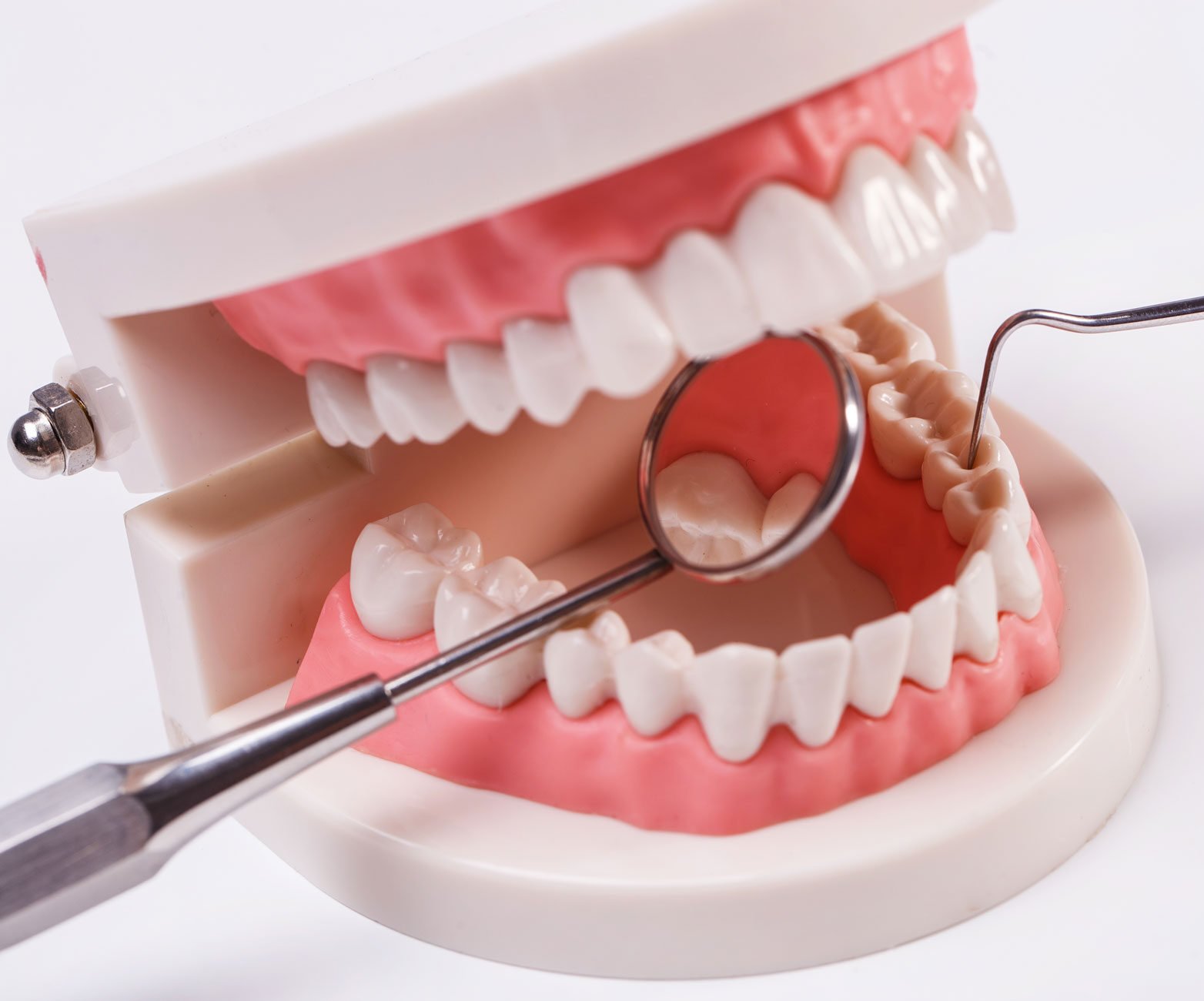Welcome to Dr. Implant Dentist’s Blog! Today, we’ll talk about an important topic in the field of dentistry: dental fillings. Patients often ask us about the least toxic dental filling options available. In this article, we’ll explore the different types of fillings and their potential health risks. Stay tuned for valuable insights and tips on how to choose the safest option for your dental health.
Minimizing Toxicity: The Safest Dental Filling Options for Dental Implants.
Minimizing Toxicity: The Safest Dental Filling Options for Dental Implants. When it comes to dental implants, choosing the right filling material is crucial for the patient’s health and wellbeing. While traditional amalgam fillings may have been used in the past, they contain mercury, which can be toxic to the body. Today, dental professionals recommend using alternative filling materials that are safer and more biocompatible.
The safest dental filling options for dental implants include:
1. Composite Resins: These fillings are made from a mixture of plastic and glass, making them a safe option for dental implants. They can mimic the natural color of teeth and provide a strong, long-lasting restoration.
2. Ceramic Fillings: Also known as porcelain fillings, these are a popular choice for patients who prioritize aesthetics. They are biocompatible and provide a strong, durable restoration.
3. Glass Ionomer: This type of filling material is made from a mixture of acrylic and glass, making it a great option for children or patients with small cavities. It is also biocompatible and releases fluoride, which can help prevent future decay.
It is important to note that each patient’s case is unique, and the filling material chosen will depend on their specific needs and preferences. It is crucial to consult with a dental professional to determine the best filling material for your dental implants.
By choosing safe and biocompatible filling materials for dental implants, patients can minimize toxicity and maintain optimal oral health.
Which dental filling material is the safest?
In the context of dental implants, the safest filling material is ceramic or porcelain. These materials are biocompatible and do not contain any harmful substances. They are also highly durable and resistant to wear and tear, making them an ideal choice for dental restorations that will last for many years. Additionally, ceramic and porcelain fillings blend in seamlessly with natural teeth, providing a natural-looking result that is almost indistinguishable from real teeth. It’s important to note that individual patient factors such as oral hygiene habits, bite force and grinding can also affect the longevity and safety of a dental implant restoration. Therefore, it is always best to consult with a qualified dentist to determine the most appropriate course of treatment for your unique dental needs.
Are fillings in dentistry toxic?
While fillings in dentistry can contain certain metals such as mercury, research has shown they are generally safe and non-toxic. The small amount of mercury present in amalgam fillings, for example, is not enough to cause harm to patients. Furthermore, dental practices follow strict protocols regarding the use and handling of materials to ensure patient safety. However, if a patient has concerns about the materials used in their dental treatment, they should discuss their options with their dentist. When it comes to dental implants, fillings are not typically used as implants are designed to replace missing teeth rather than repair damaged ones.
Is there a substitute for dental fillings?
Yes, there are alternatives to dental fillings when it comes to Dental Implants. One of the most common options is the use of dental crowns, which are typically used for larger cavities or more severe decay. Another alternative is inlays or onlays, which are custom-made fillings that are bonded directly onto the affected tooth. Additionally, some dentists may recommend the use of dental sealants as a preventative measure to protect teeth from developing cavities. Ultimately, the best course of action will depend on the specific needs and circumstances of the patient, so it’s important to consult with a dental professional to determine the most appropriate treatment option.
Is the safety of white fillings superior to that of silver ones?
The safety of white fillings is generally considered to be superior to that of silver ones. Silver fillings contain mercury, which has been linked to potential health risks. While the American Dental Association maintains that silver fillings are safe, many patients and dentists prefer white fillings because they are free of mercury and blend in better with natural teeth. Additionally, white fillings require less removal of healthy tooth structure than silver fillings, making them a more conservative option. However, it’s important to note that each patient’s case is unique and should be evaluated by a dental professional to determine the best filling material for their specific needs.
Frequent Questions
What are the least toxic options for dental fillings in dental implant procedures?
The least toxic options for dental fillings in dental implant procedures include:
1. Ceramic fillings – Also known as porcelain fillings, these are made of a biocompatible material that closely mimics the appearance of natural teeth. They are highly resistant to wear and staining.
2. Composite resin fillings – These are made of a mixture of plastic and glass materials. They are also tooth-colored and can be matched to the shade of the surrounding teeth. However, they are less durable than ceramic fillings.
3. Glass ionomer fillings – These are made of a mixture of acrylic and a type of glass. They release fluoride, which can help prevent further decay. However, they are less durable than ceramic or composite resin fillings.
It’s important to discuss your options with your dentist to determine which filling material is best suited for your individual needs.
How do porcelain and composite resin fillings compare in terms of toxicity for dental implant patients?
Potential toxicity is a concern for dental implant patients when choosing porcelain and composite resin fillings. While both materials are considered safe, research has shown that composite resin fillings may release small amounts of bisphenol-A (BPA), a chemical linked to hormonal disruption and other health issues. However, the levels of BPA released from composite fillings are generally considered too low to cause harm. In contrast, porcelain fillings are considered safe and do not release any harmful chemicals. Ultimately, the decision between these filling materials should be made in consultation with a qualified dentist, taking into account the patient’s individual needs and concerns.
Are there any specific brands or materials that are known to be the least toxic for dental fillings in dental implant surgeries?
When it comes to dental fillings for implant surgeries, there are several options available:
1. Porcelain fillings: these are known to be the most biocompatible and safe option as they do not contain any toxic materials.
2. Composite resin fillings: they are made of a mixture of glass or quartz filler in a resin medium. These fillings are also considered safe as they do not contain any mercury.
3. Gold fillings: although they are expensive, gold fillings are considered to be very durable and biocompatible.
There isn’t a specific brand that is known to be least toxic for dental fillings in implant surgeries, but it’s important to discuss the options with your dentist and choose a filling that is compatible with your body and health needs.
In conclusion, choosing the right dental filling material is crucial for our oral and overall health. Amalgam fillings have been used for many years but contain toxic substances such as mercury. Composite resin fillings are a better option because they are less toxic and can be matched to the color of your teeth. However, we should also consider glass ionomer fillings, which release fluoride and can strengthen the tooth. Ultimately, it’s important to discuss with your dentist the best dental filling option for you based on your individual needs and preferences. Investing in a less toxic dental filling now can prevent potential health problems in the future.



